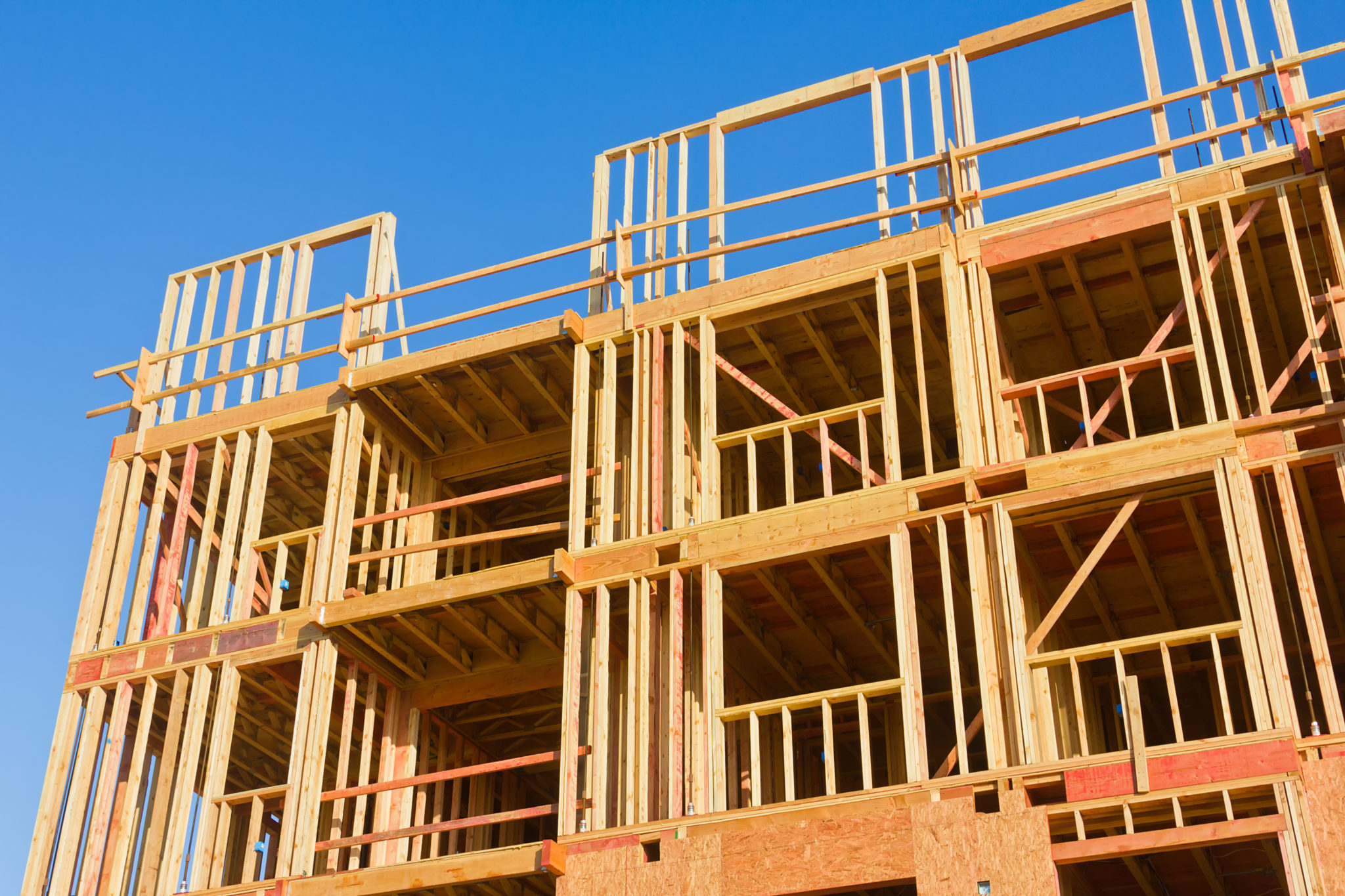Residential Property Developer Tax: what is it and who is in scope?
Published on 15th October 2021
There is more certainty around details of the new Residential Property Developer Tax, but onlookers must wait for the chancellor's announcement in the Budget for the actual rate

Those in the residential property sector will be well aware of the new tax that is due to be introduced from April 2022. The tax, to be called the Residential Property Developer Tax (RPDT), is being introduced to raise revenue to reimburse the Exchequer for expenditure on cladding remediation works.
More detail has emerged around the scope of the tax with draft legislation published for consultation in September 2021. However, the actual rate of the tax is set to be revealed in the Budget statement on 27 October.
What is known about the scope of the RPDT?
The tax will broadly apply to trading profits of UK corporation tax payers who carry out "residential property development activities", although not for profit-registered housing providers or equivalents in other parts of the UK will fall outside its scope.
The residential property development activities must be on UK land in which the relevant tax payer (or a related company) has an interest, and the activities must be for the purposes of, or in connection with, the development of residential property. The interest in land needs to form part of the trading stock of the owner.
Care homes where there is also the provision of personal care will not be classed as residential property and profits from such developments will fall outside of the tax. However, retirement villages could fall within the tax.
Student accommodation (which is specifically defined) also falls outside of the definition of residential property provided that "the building is designed or adapted…. for use by persons who will occupy it wholly or mainly for undertaking a course of education…and it is reasonable to expect that the building will be occupied by such persons on at least 165 days a year".
The government has now confirmed, following much debate within the build-to-rent sector, that build-to-rent assets will not be brought into the scope of the tax. The feeling of the sector was that such assets should not be within the tax because they are developed for long-term holding as investments and build-to-rent landlords have not had access to government funds to remediate cladding issues. There is no specific carve-out for such assets, the proposal being that they would simply not be caught by the tax because the land needs to be held as trading stock and build to rent assets are expected to be held as investments.
There are a host of rules to determine how the profits that are subject to the tax are determined and specific provisions around joint venture arrangements. The key point is that the tax only arises on profits related to the residential property development activities and not any wider activities carried on by the relevant tax payer. The tax is only applied to profits over an annual allowance applied on a group wide basis.
While the consultation was held on the basis of the tax being a temporary measure to recoup expenditure incurred on cladding, there is no long stop date provided or expected to be provided in the legislation.
What is still not known?
The rate of the new tax or the level of the annual allowance are still not known. The consultation suggested that the allowance may be set at £25m. However, there is no certainty on this as yet.
The rate and allowance are due to be announced by the chancellor at part of his Budget statement on 27 October 2021.
Osborne Clarke comment
It will not be until the Budget later this month when the full impact of the proposals will be known. Clearly for those affected by the RPDT this could create a significant tax rate rise from the current 19% rate when viewed together with the main rate rise to 25% from April 2023 (which was announced at the last budget in March).




